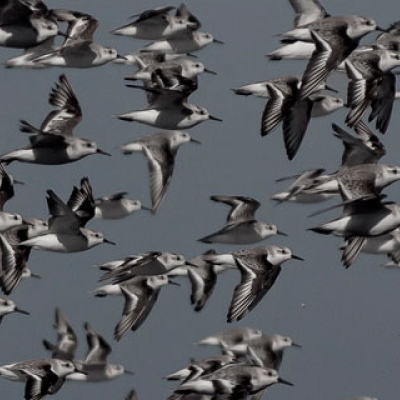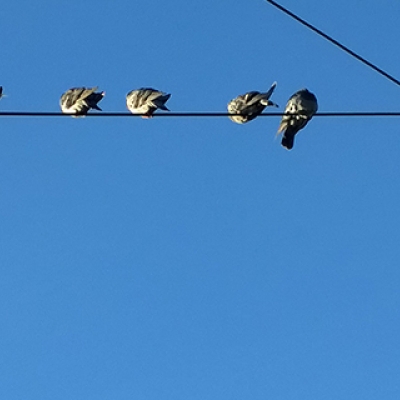How to Feed the World
By 2050, we will have ten billion mouths to feed in a world profoundly altered by environmental change. How will we meet this challenge? In How to Feed the World, a diverse group of experts from Purdue University break down this crucial question by tackling big issues one‑by‑one. Covering population, water, land, climate change, technology, food systems, trade, food waste and loss, health, social buy‑in, communication, and equal access to food, the book reveals a complex web of challenges.





